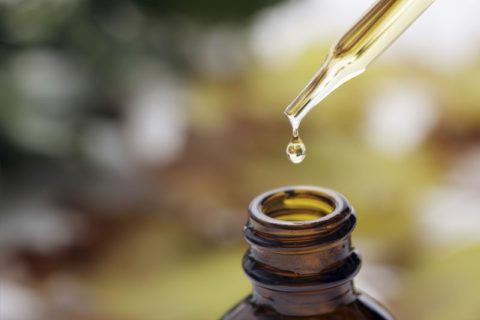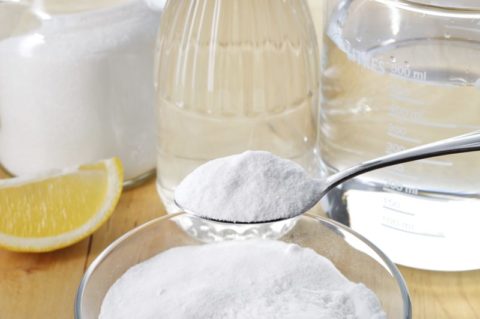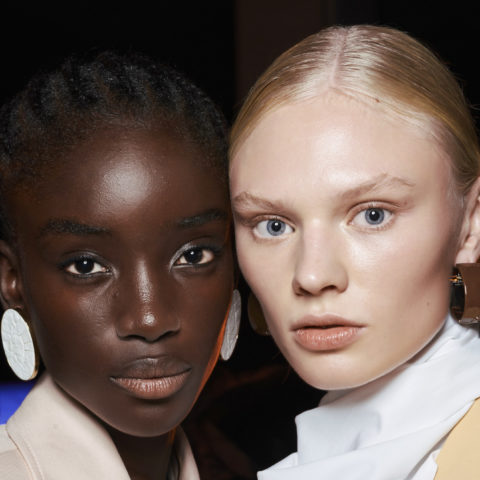The worst beauty DIYs we’ve ever heard of (and why you should stay away from them)

As a beauty writer, nothing irritates me more these days than the booming popularity of beauty DIYs. It’s not that I’m judging anyone for trying to save some money (hey, I’m on a budget too) or that I’m too lazy (okay fine, it’s partly that). I’ve had more than my fair share of beauty experiments in the kitchen. It’s fun, and for the most part it all turned out fine.
However, I’m kind of shocked by how much ineffective or downright harmful beauty advice is still being circulated online. It’s the age of information, with facts readily available at our fingertips, and women are more knowledgeable and discerning about their beauty products than ever. So why do so many women still think it’s okay to rub a lemon on their face? Perhaps it’s because many people still believe that natural means better, but the truth is that you need to be wary of what you put on your skin whether it’s from nature or a lab. Everything (including water!) is a chemical.
So don’t be put off from your weekend beauty DIYs. Just be smart and safe. To help you know what to avoid, here’s a list of the most common, cringe-worthy DIY suggestions that I’ve seen on Pinterest and blogs. And remember a good rule of thumb: if a pin claims to “instantly” fix something like scars or to be better than a medical procedure, that pin is lying to you.

1. Coffee grounds for cellulite
There’s plenty of pins that claim cellulite can be eradicated by rubbing coffee grounds on top of the skin. Some suggest mixing the coffee grounds with sugar and oil, and some promise it will also get rid of stretch marks. Unfortunately, this is not a magic cure-all for cellulite and stretch marks; in fact, there really isn’t a cure yet for cellulite, although there are some treatments that are more effective than others. Coffee grounds are not one of them, though.
As explained by The Beauty Brains, the coffee grounds would have to be brewed first in order to be absorbed by the skin, but this actually greatly reduces their amount of caffeine. It will also take a long time for the caffeine to be absorbed, and if you add oil into the mix then the caffeine may be blocked from entering your skin at all. Really, the only part of this scrub that is helping with cellulite at all is the massaging motion. So you may want to consider skipping the messy coffee scrub and instead taking up dry brushing.
Lemon is often recommended in DIY beauty recipes as a way to lighten dark marks and exfoliate skin, but it can actually be extremely damaging. Not only is lemon—and other citrus oils—phototoxic (which means your likelihood of getting a sunburn or chemical burn greatly increases after rubbing lemon on your face), but they also disturb your skin’s natural pH levels, which leads to irritation.
Honestly, why risk all of that? If you really want to lighten dark marks and get some chemical exfoliation, try a BHA or AHA two to three times a week.

This is just a bad idea. Toothpaste has too many harsh irritants and will dry out and irritate your skin, making your breakouts even worse. Try dabbing some diluted tea tree oil on your spots instead–it works because it’s antibacterial.
Don’t do this either. Seriously. Just like with lemons, baking soda is too harsh for your face and will upset your skin’s natural pH level. And if you see a pin that suggests combining baking soda and lemon for a facial scrub, close that tab and back away slowly.

5. DIY Perfume
I don’t see this as much, but every once in a while a pin will pop up saying “how to make your own natural perfume in two easy steps!” No. Perfume isn’t that easy. It’s actually a very complicated process to combine all of the notes in a way that works and lasts. If you really want to DIY your own scent, consider keeping it simple by dabbing on just one of your favorite essential oils, such as lavender.
Sugar should not be used on your face. It’s much too rough and will tear at your poor skin, leading to short-term irritation and possibly even long-term damage. If you really want to make that yummy-sounding sugar scrub that you found on Pinterest, go ahead: but be sure to use it on rougher areas like your knees, elbows, and feet instead of on your face.

Honey is often recommended for acne thanks to its antibacterial properties. However, you have to be wary about depending solely on honey to help your acne because there are variables that might render the honey you’re using ineffective. According to the Beauty Brains, honey’s “efficacy can vary greatly from batch to batch. Any given jar of honey may or may not have a high enough antibacterial activity to really work.”
So although honey can definitely be a moisturizing (and delicious) face mask, don’t throw out all of your other acne-fighting products in favour of honey just yet.
8. Essential oils as face treatments
Finally, you want to watch out for using essential oils on your face. Lots of DIY beauty recipes call for essential oils (and many beauty brands use them in their products as well, especially those that brand themselves as “natural”). Unfortunately, many essential oils can irritate the skin. Proceed with caution, especially with essential oils that have been known to cause irritation such as lavender and peppermint, and always do a patch test before applying to your facial skin.







